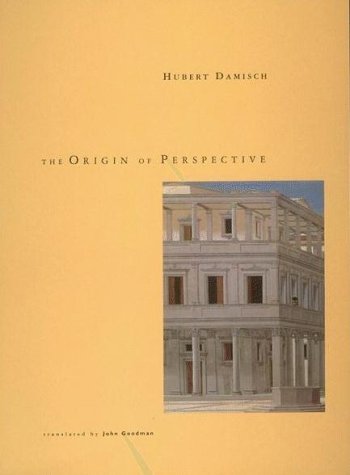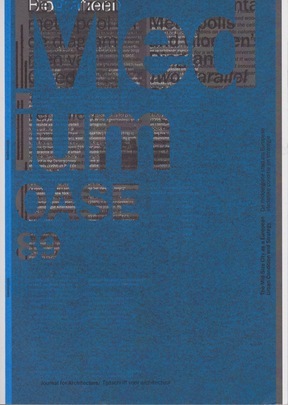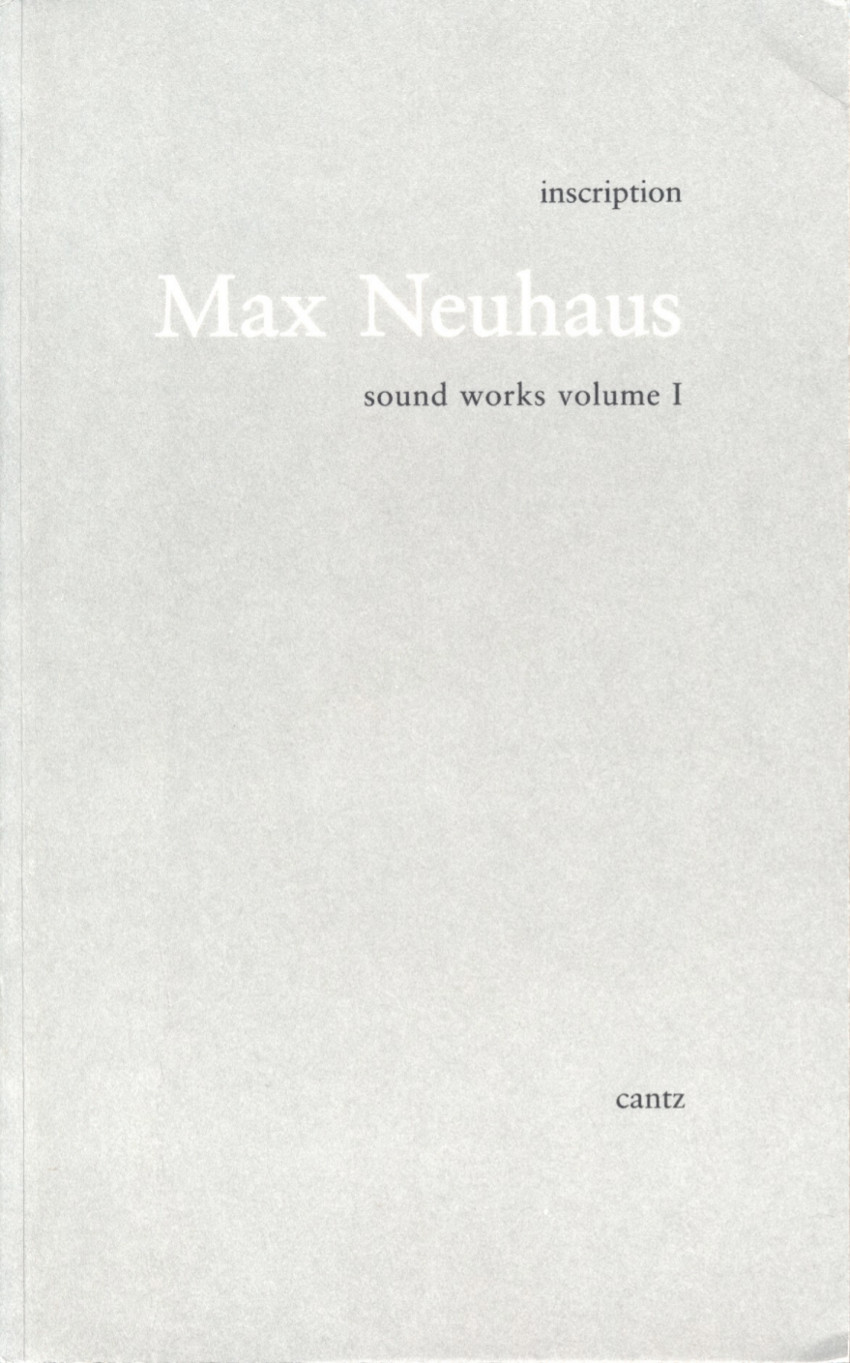Hubert Damisch: The Origin of Perspective (1987–) [EN, CR]
Filed under book | Tags: · architecture, art, art history, art theory, geometry, history of architecture, mirror, painting, perspective, renaissance, representation, space, theatre

“In part a response to Panofsky’s Perspective as Symbolic Form, The Origin of Perspective is much more. In France it is considered one of the most important works of art history to have appeared in the last twenty years. With the exception of Michel Foucault’s analysis of Las Meninas, it is perhaps the first time a structuralist method such as the one developed by Claude Lévi-Strauss in The Way of the Masks has been thoroughly and convincingly applied to Western art.
The task Damisch has set for himself is to refute both the positivist critics, whose approach makes up the bulk of perspective studies and is based on a complete repression of Panofsky’s early work, and the current pseudo-avant-gardist position (whether in the field of cinema studies or in literary criticism), which tends to disregard facts and theoretical analysis. Damisch argues that if a theoretical analysis of perspective is possible, using all the tools of structuralist semiotics, it is only possible in the context of a close look at its appearance in history, beginning with the details of the ‘invention’ of perspective.”
Originally published in French as L’Origine de la perspective, Flammarion, Paris, 1987.
Translated by John Goodman
Publisher MIT Press, 1994
ISBN 0262041391, 9780262041393
477 pages
Review: Wood (The Art Bulletin, 1995).
Commentary: Iversen (Oxford Art Journal, 2005).
WorldCat (EN)
The Origin of Perspective (English, 1994, chapter 14 missing, 24 MB, no OCR)
Porijeklo perspektive (Croatian, trans. Zlatko Wurzberg, 2006, added on 2018-7-8)
OASE Journal for Architecture, Nos. 1–90 (1981-2013) [Dutch/English]
Filed under journal | Tags: · architecture, city, design, history of architecture, space, theory, urbanism


“OASE is an independent, international, peer-reviewed journal for architecture that brings together academic discourse and the sensibilities of design practice. OASE advocates critical reflection in which the architectural project occupies a central position, yet is understood to be embedded in a wider cultural field. Intersections and affinities with other disciplines are explored in order to gain a more profound understanding of the practice and theory of architecture and rearticulate its disciplinary limits. Published three times a year, each OASE provides a rigorous investigation of a specific theme, featuring architecture, urban design and landscape design and insisting on the discussion of the historical and theoretical aspects of contemporary issues.”
Editorial board: Tom Avermaete, David de Bruijn, Job Floris, Christophe van Gerrewey, Christoph Grafe, Klaske Havik, Anne Holtrop, Ruben Molendijk, Bruno Notteboom, Véronique Patteeuw, Hans Teerds, Gus Tielens, Tom Vandeputte
Publisher NAi Publishers, Rotterdam
Open Access
View online (individual articles as JPGs and PDFs; issues 1-44 appeared in Dutch only)
Comment (0)Max Neuhaus: Sound Works, 3 vols. (1994)
Filed under book | Tags: · art, art criticism, drawing, sound, sound art, space

“Neuhaus’s oeuvre is diverse, ranging from works in the plastic arts, drawings, music, sound walks, communal sound signals, aural spaces composed of communication networks, sound topographies in water, to inventions of sound-producing and dispersing systems and sound applied to problems of urban and personal design. The structure of separate volumes was chosen to clarify: to encompass the oeuvre, while allowing each of its diverse parts to remain distinct on its own ground.
The first volume projects an overview with many voices, including his own. The second articulates some of the issues surrounding his drawings which are unusual partly because of their invisible subject: sound. The third volume contains the works which use sound to transform space into place.” (from the Preface, edited)
Volume I contains texts by Calvin Tomkins, Jean-Christophe Ammann, Carter Ratcliff, John Rockwell, Joan La Barbara, Tom Johnson, Arthur Danto, Wulf Herzogenrath, Harald Szeemann, Alain Cueff, Franz Kaiser, Susanne Weingarten, Denys Zacharopoulos, Doris van Drathen, Germano Celant, interviews with Neuhaus by William Duckworth and Ulrich Loock, and texts and lectures by Neuhaus.
Publisher Cantz, Ostfildern, 1994
ISBN 3893225323
144 & 55 & 79 pages
via Charles
Volume I: Inscriptions (29 MB)
Volume II: Drawings (8 MB)
Volume III: Place (6 MB)
See also Max Neuhaus, Evocare l’udibile / Évoquer l’auditif, 1995.
Comment (0)
